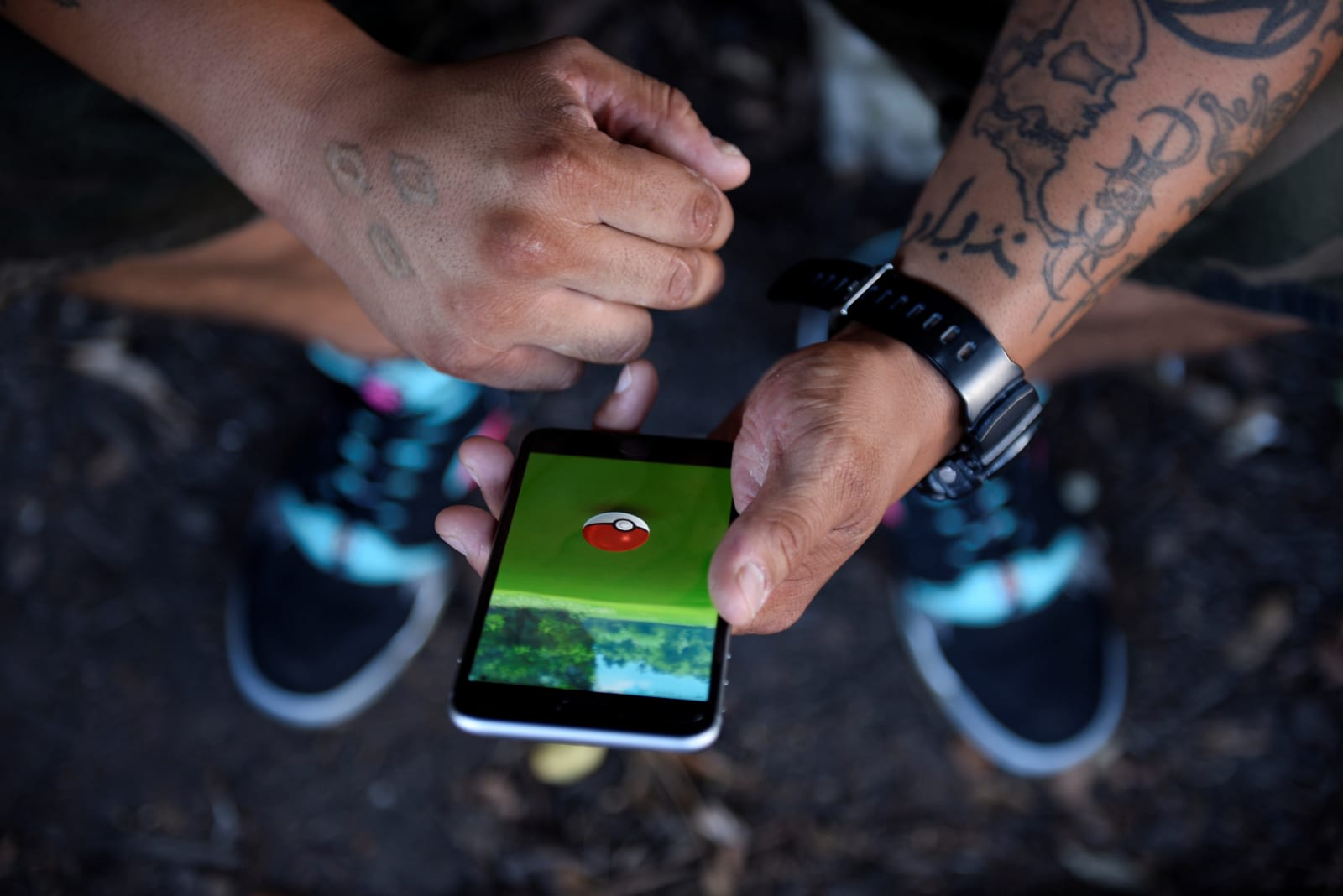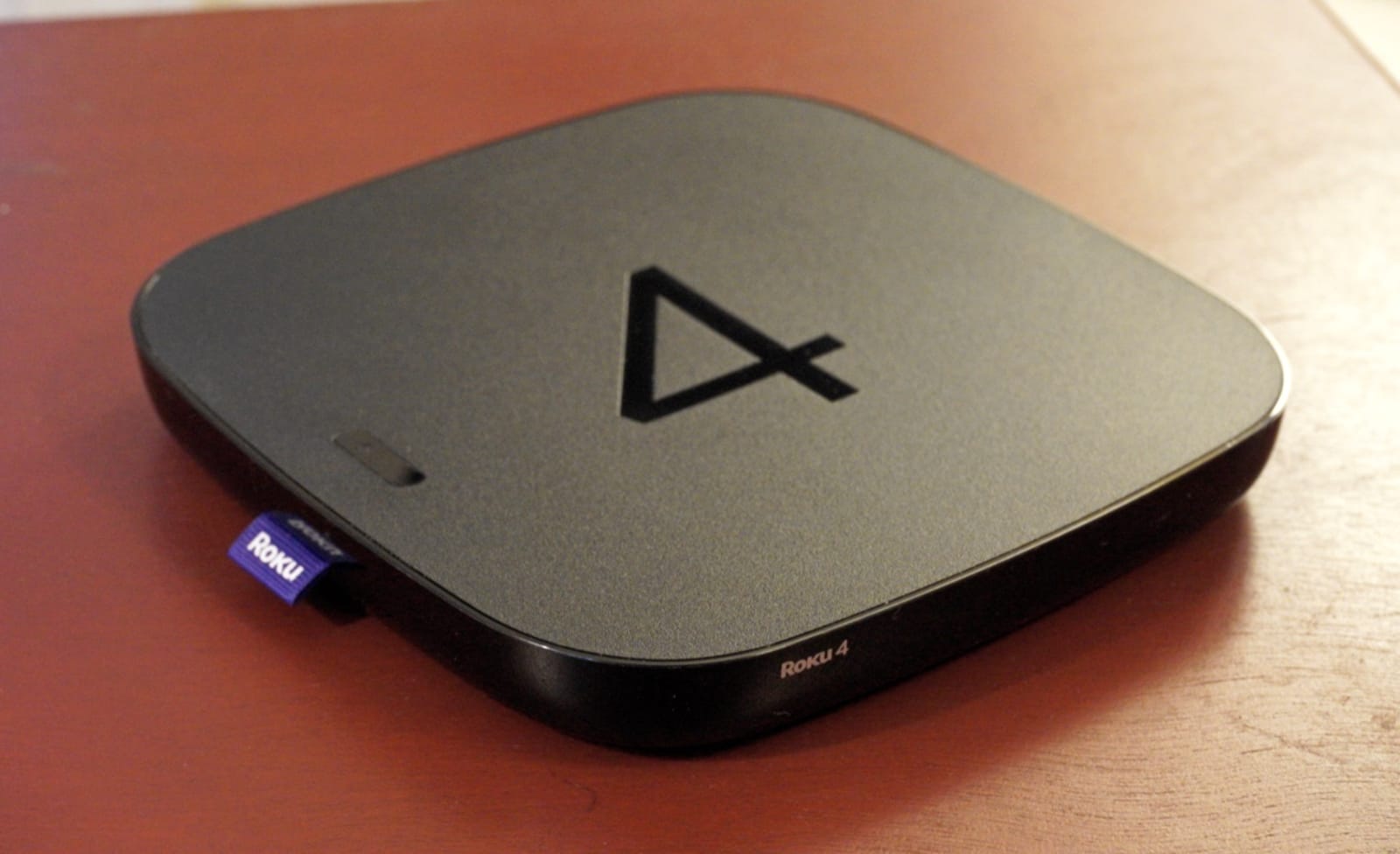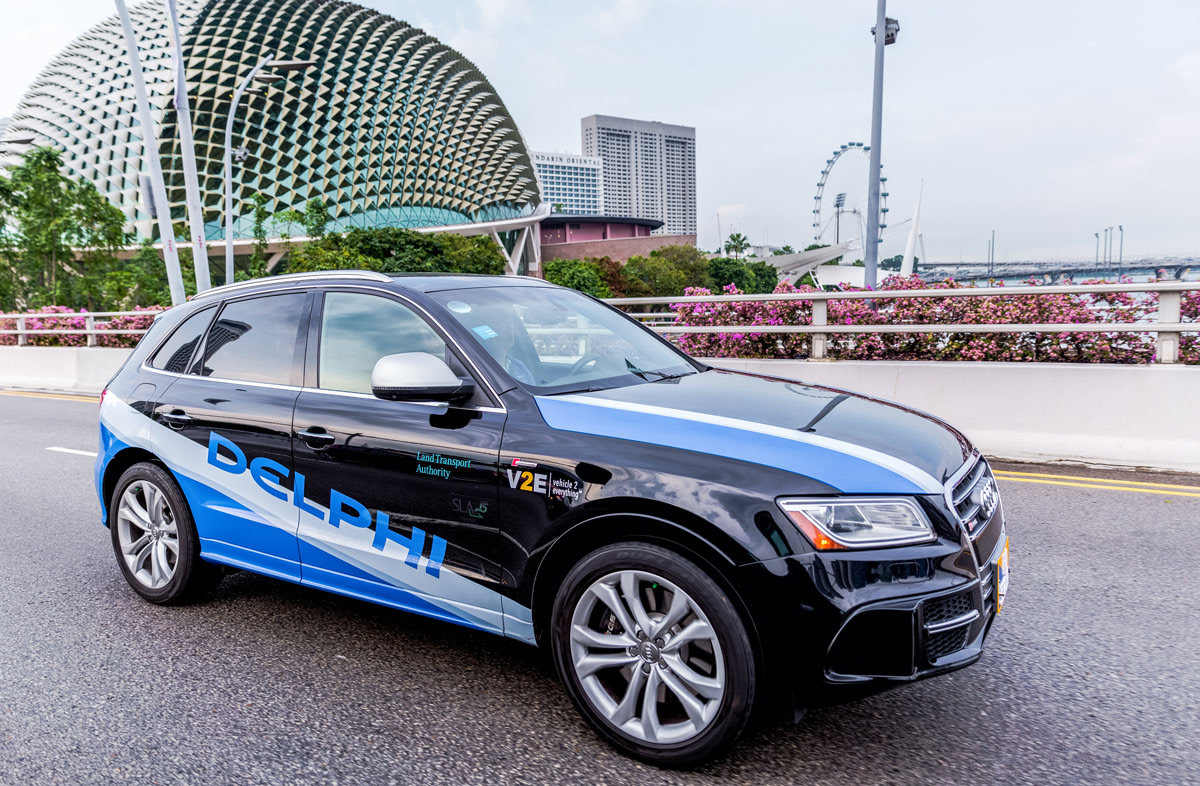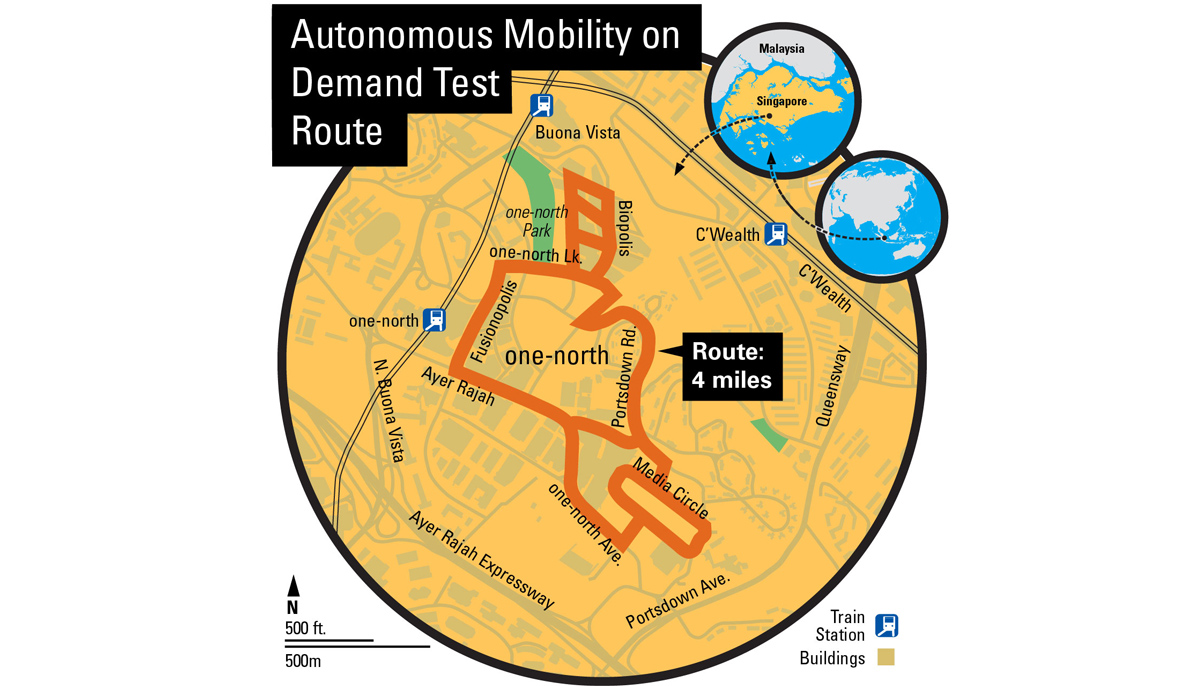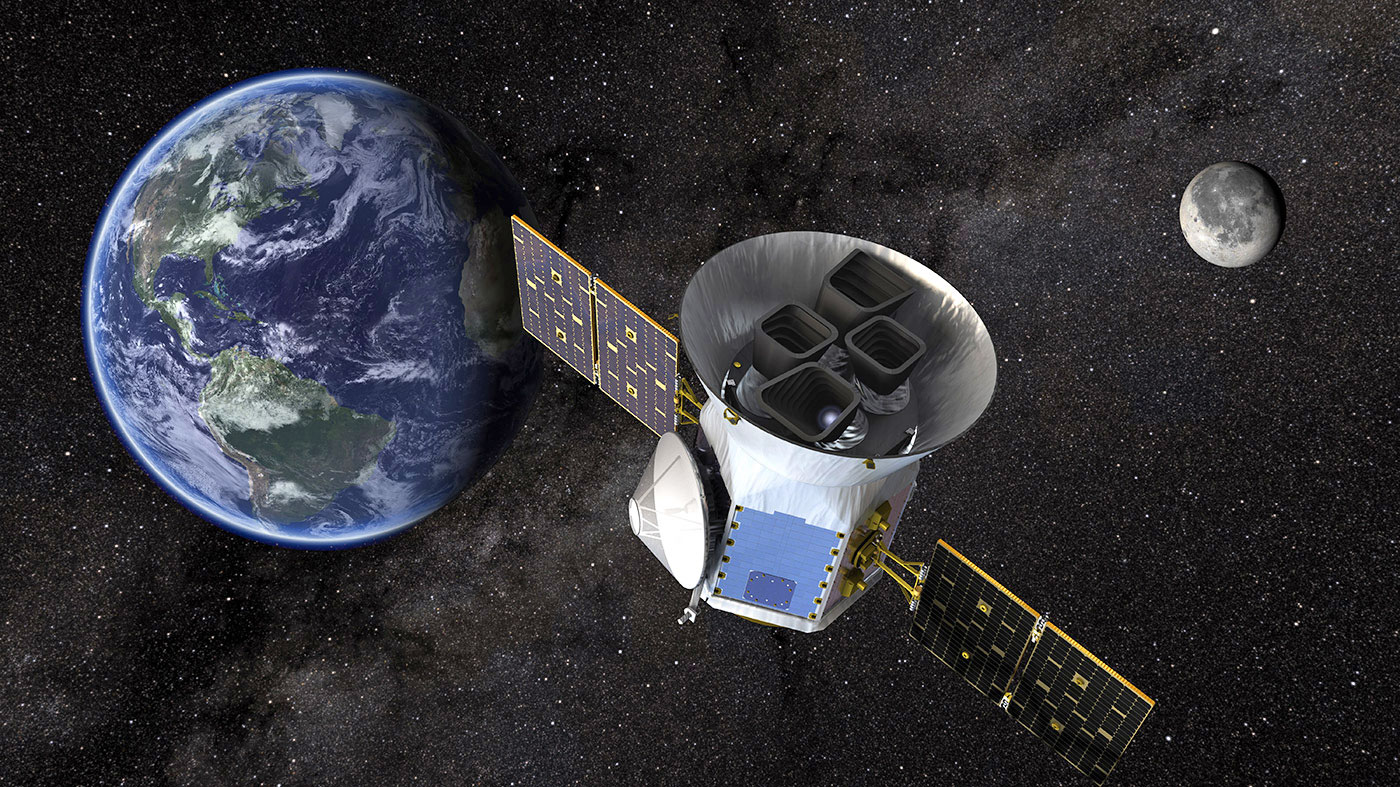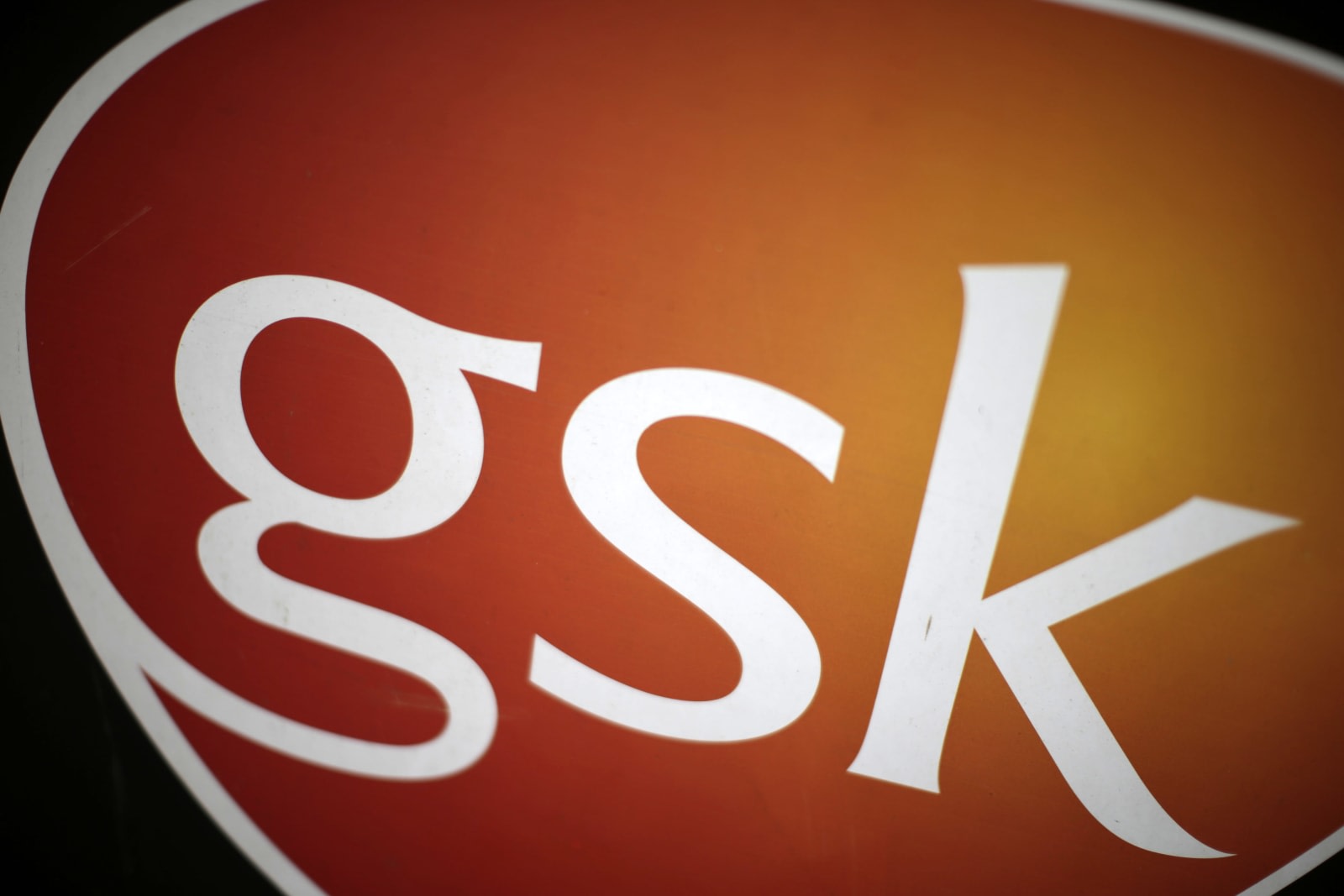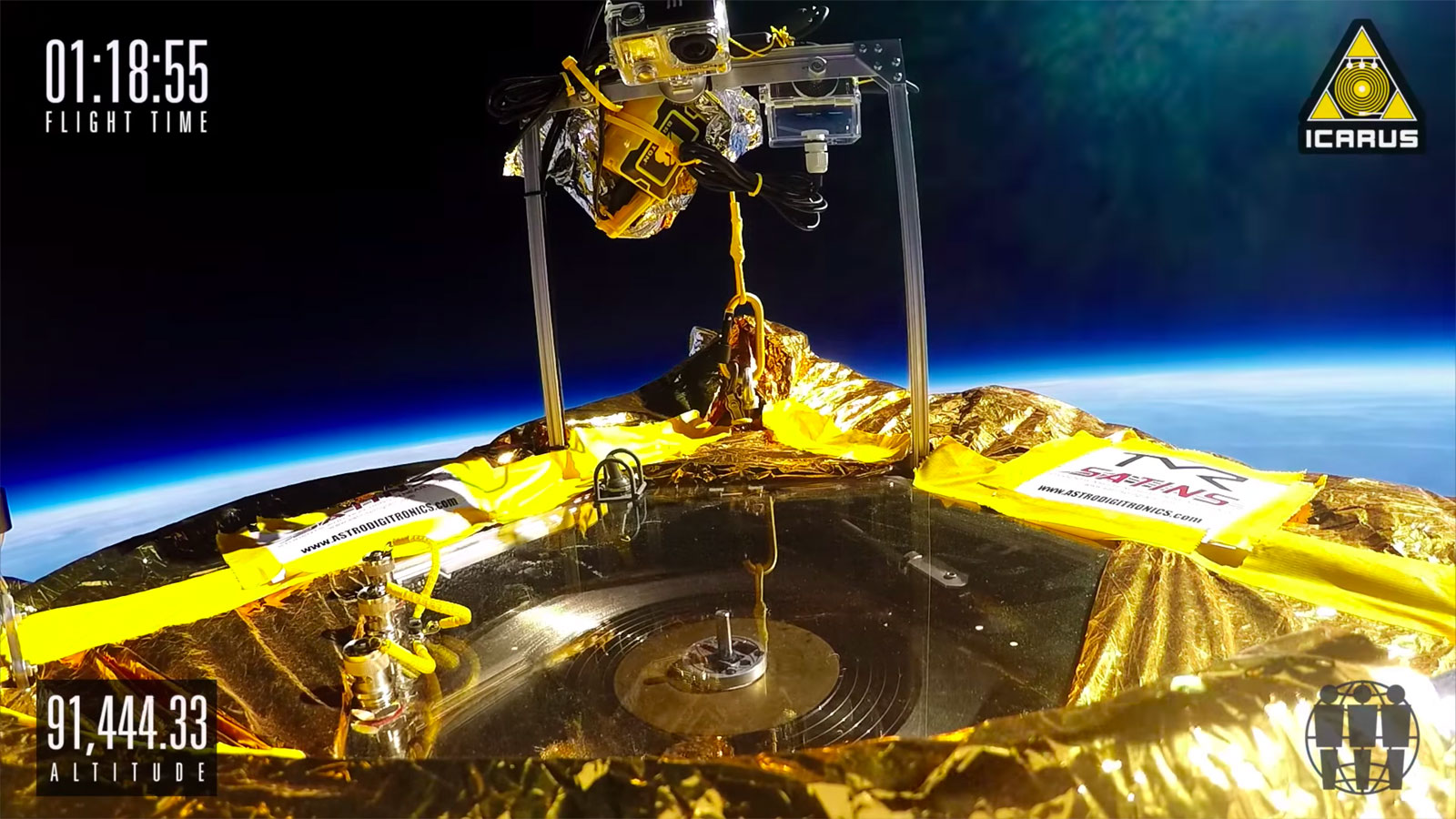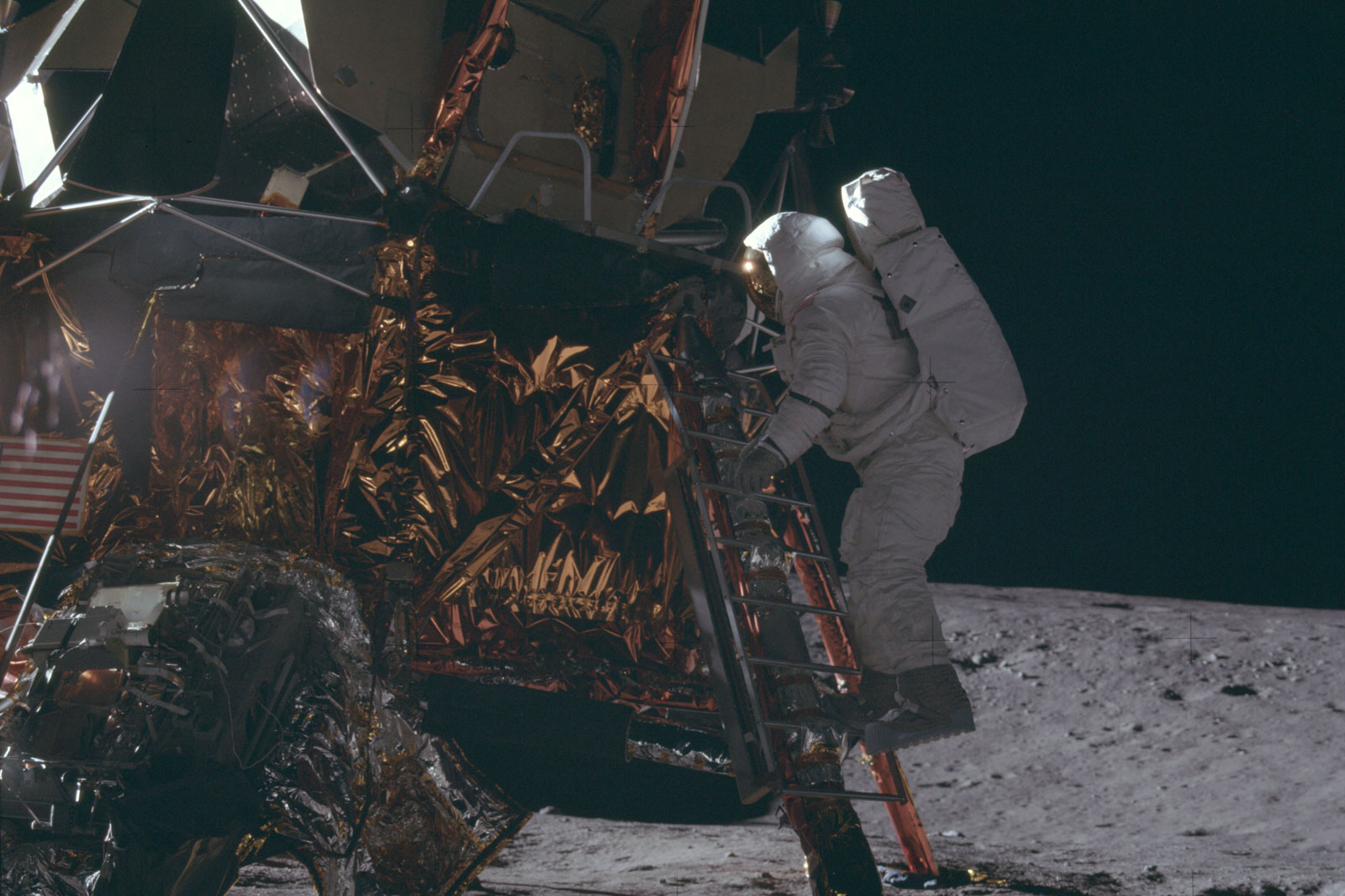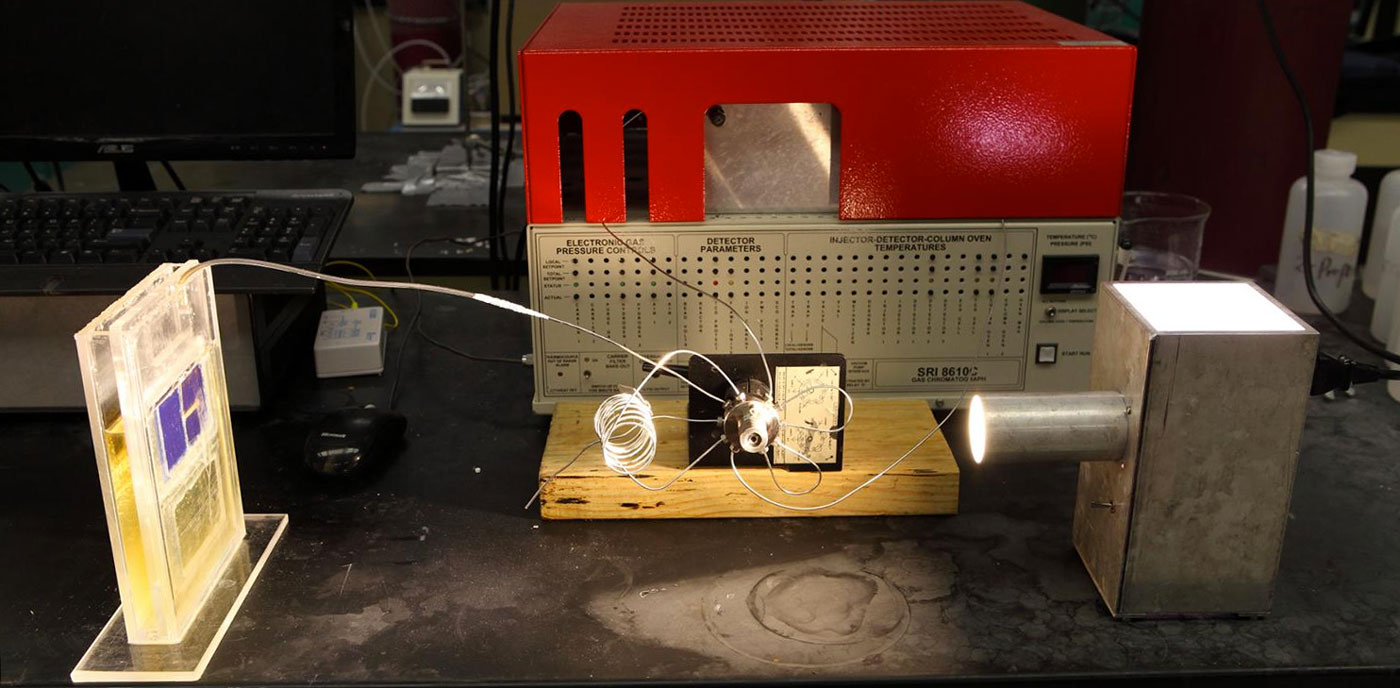With Google Blogger, you can either use the built-in template designs, or install a template from an outside source. Mom bloggers can find well-designed Blogger templates with a search engine. Blogger Templates, for example, has a great selection, is easy to use, and has good support from the site owners.
- Log in to Blogger, and on your Blogger Dashboard, click the Design link.
- Click the Edit HTML tab.
- Click the Download Full Template link and save it to your computer.
- Make a note of the file name and where you saved it in case you need it later!
- Unzip the template file you downloaded from another site.
- Back on the Edit HTML page, click the Choose File button.
- Navigate to where you saved the unzipped files on your computer, and double-click the one that ends in .xml.
- Click the Upload button.
If you already have some existing widgets on your Blogger blog, you may get a warning message asking whether you want to keep them or delete them. If you want to preserve the work you’ve done before, click the Keep Widgets button. If you don’t need them anymore, click the Delete Widgets button.
When the upload is complete, you get a message at the top of the page that says Your Changes Have Been Saved.
- Click the View Blog button to ensure that your blog looks the way you want it to look.
You may have to remove or move some page elements in order to get the template to display properly.


